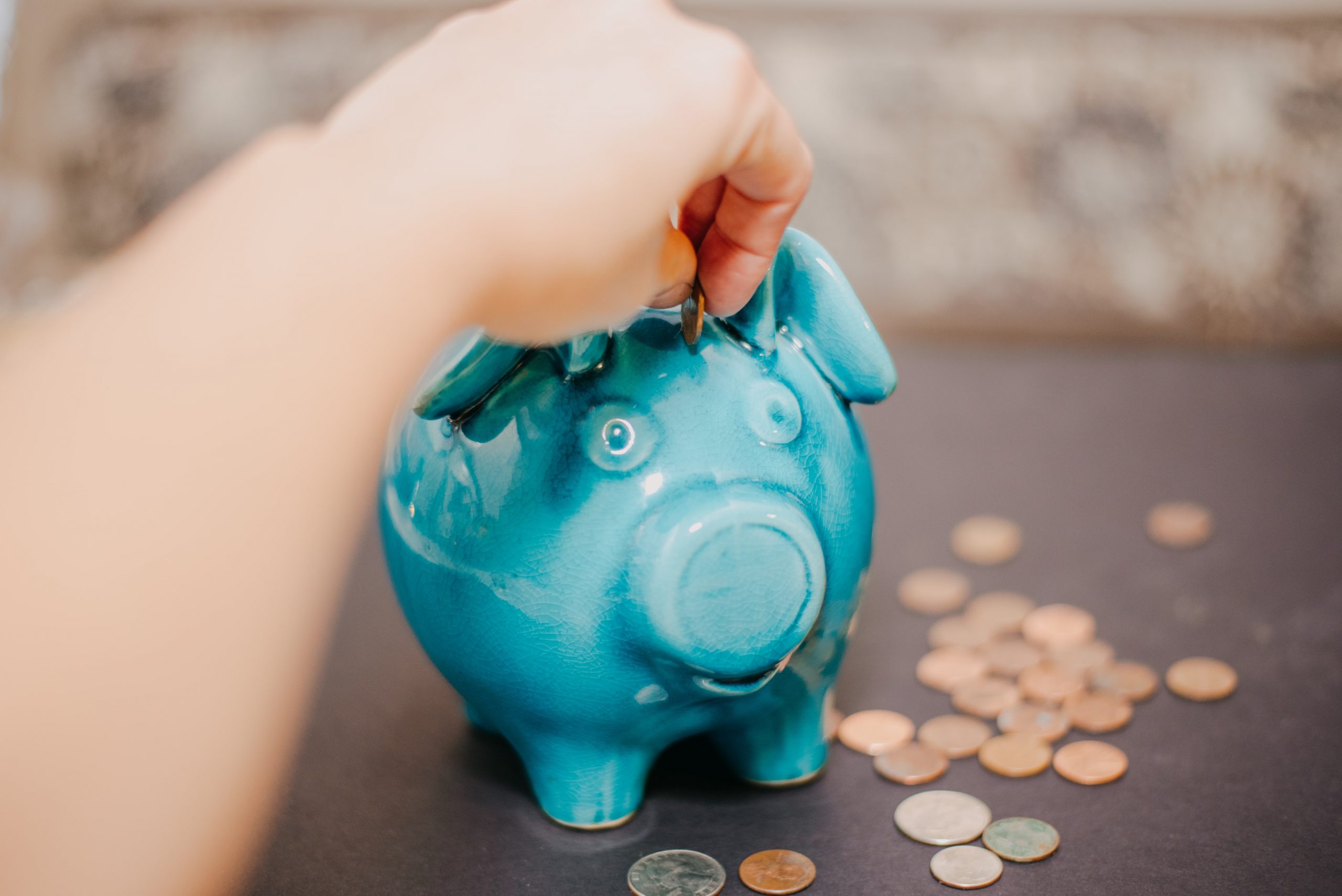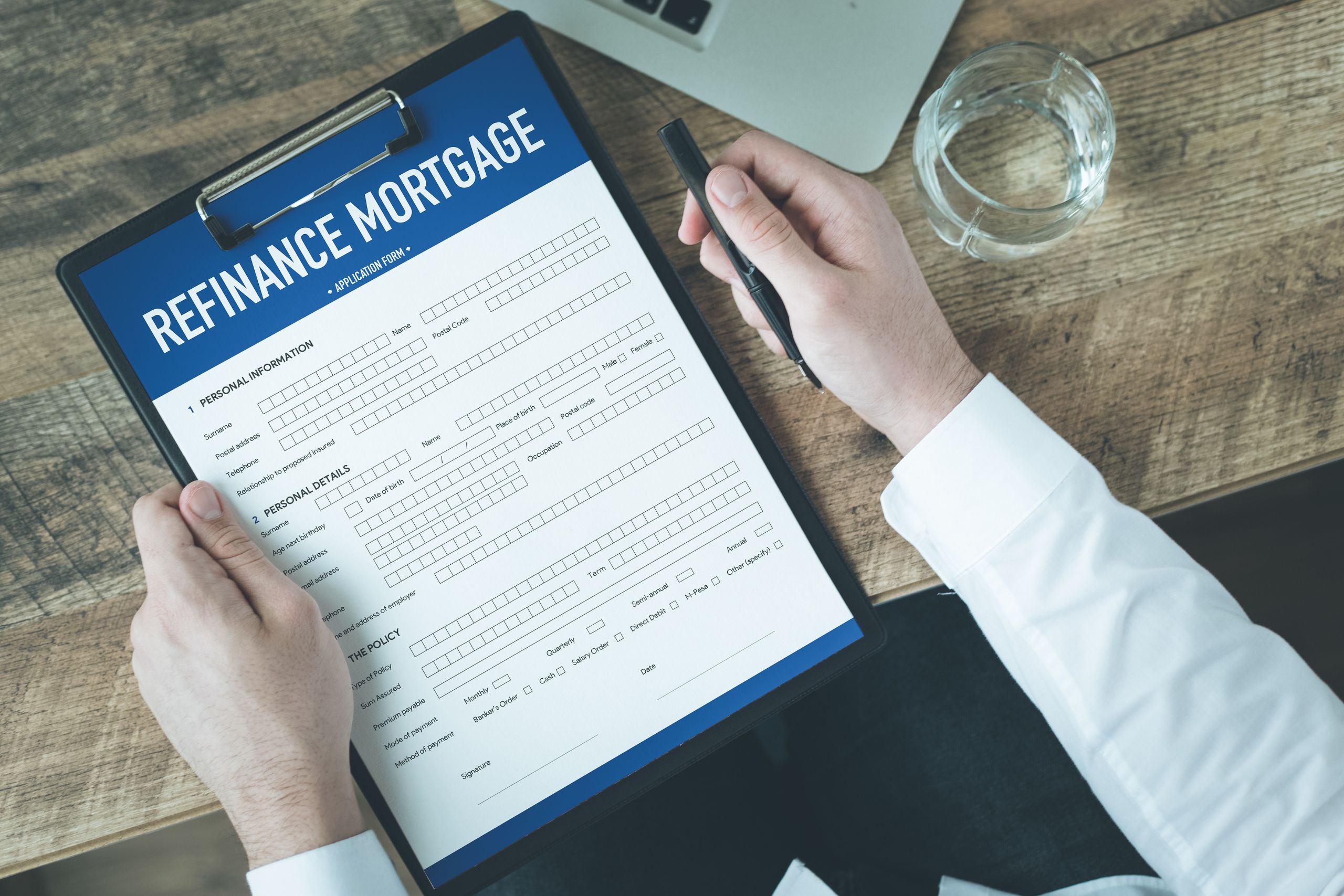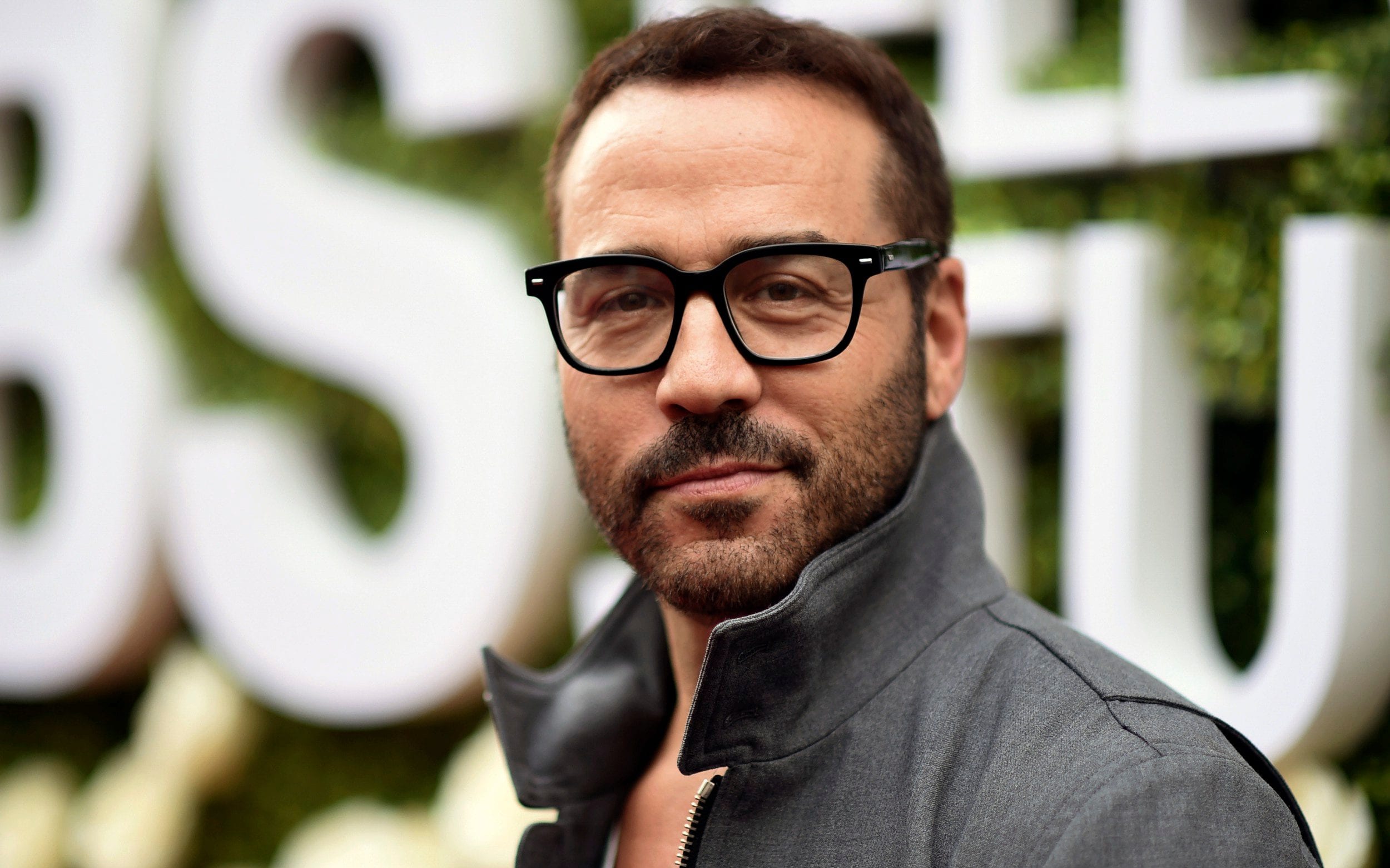The right way to have personal savings is to make it a priority, and to stick to it. It can help you save for a rainy day and reduce stress, while also helping to keep your finances on track.
First, you need to come up with a budget. This will help you to understand your monthly spending and determine where you can cut costs to increase the amount of money you can put towards savings.
Create a list of all your current expenses and categorize them according to whether they are fixed or variable costs. Typically, fixed costs are difficult to change while variable costs are more easily impacted by adjustments.
Once you have a clear idea of your expenditures, it’s time to start tracking them over a 30-day period. This will give you a sense of how much you are overspending and how you can reduce that spending to maximize your savings.
For example, if you are regularly going out for dinner, consider cutting back on this expense and opting instead to cook your own meals. It will save you money and may help you gain an appreciation for the value of eating well.
Similarly, if you have subscription services or memberships to gyms, consider canceling these and taking advantage of free events or local museums. This is a great way to stay entertained and fit without breaking the bank!
Then, once you have a clear idea of your fixed and variable costs, it’s time to start thinking about your goals. These may be short-term, such as buying a new phone or holiday gifts, or longer-term, such as paying for a college education or retirement.
Setting a goal is an excellent way to stay motivated and ensure that you are on track with your saving efforts. This is especially true if you are using this as a tool to help you avoid debt.
A goal is also a good way to measure your progress against your plan, and can be particularly helpful for those who find saving money challenging. Having a target in mind will help you to identify areas where you can make a big impact, such as reducing your credit card balance or automating a portion of your paycheck into a savings account.
Another useful strategy is to set up a spending freeze for a certain period of time. This is a great way to test your spending habits, as you will be cutting out all unnecessary purchases for a certain time frame.
Finally, it’s always a good idea to tuck away a small amount of cash each month. Even small amounts can be beneficial, as they can be used for unexpected emergencies or help to pay off high-interest debt.
You should always aim to save at least three to six months of your expenses, but it’s important to start saving as soon as possible so that you don’t get caught in debt. Ideally, you should have enough saved to cover your mortgage or rent, utilities, car payment and food.











